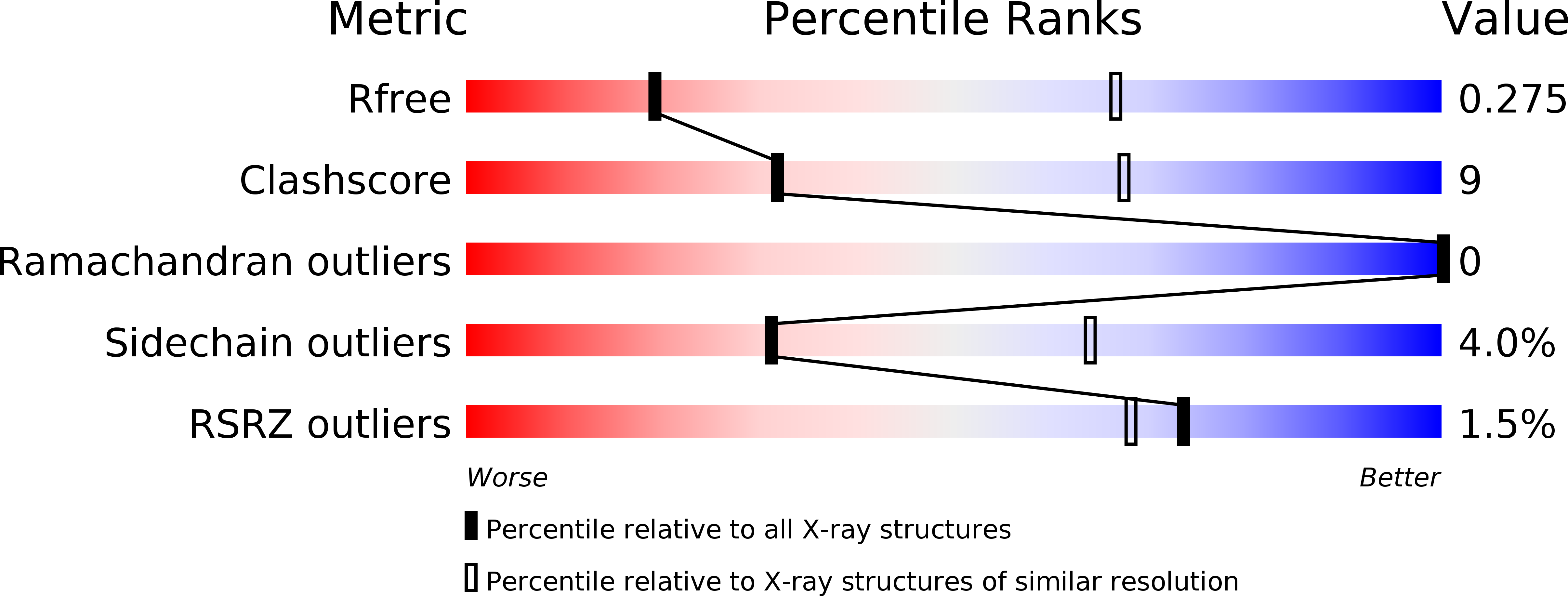
Deposition Date
2010-12-28
Release Date
2011-10-19
Last Version Date
2024-03-13
Entry Detail
PDB ID:
3ATA
Keywords:
Title:
Crystal Structure of the Kir3.2 Cytoplasmic Domain (Na+-free crystal soaked in 10 mM barium chloride and 10 mM Spermine)
Biological Source:
Source Organism:
Mus musculus (Taxon ID: 10090)
Host Organism:
Method Details:
Experimental Method:
Resolution:
3.49 Å
R-Value Free:
0.28
R-Value Work:
0.22
R-Value Observed:
0.22
Space Group:
I 4 2 2


